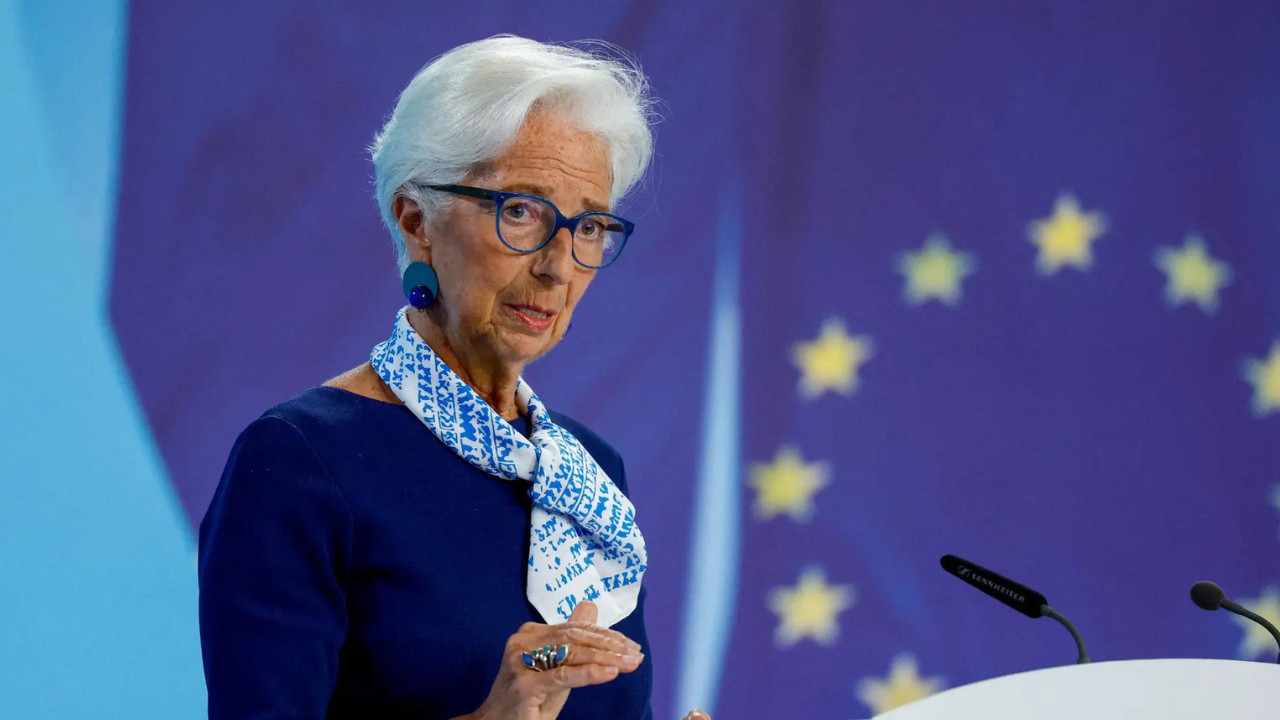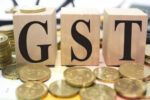The ECB maintained its deposit rate at 2% amidst controlled inflation and a resilient eurozone economy. Attention is on Lagarde’s response to France’s fiscal challenges and potential ECB intervention if market instability worsens. While the US Federal Reserve considers a rate cut, the eurozone experiences modest growth and easing trade tensions.
Navigating the Eurozone’s Tightrope Walk: Interest Rates Hold Steady
The air in Frankfurt was thick with anticipation, but the European Central Bank (ECB) ultimately chose a steady hand. Policy rates remain untouched at 2%, a decision that speaks volumes about the delicate dance the Eurozone is performing. In a world buffeted by economic headwinds, the ECB is opting for a wait-and-see approach, balancing the need to stimulate growth with the ever-present threat of inflation.
This isn’t a decision made in a vacuum. The Eurozone, like the rest of the global economy, is navigating a complex landscape. We’re talking about the lingering effects of supply chain disruptions, the ongoing energy crisis exacerbated by geopolitical tensions, and, of course, the ripple effects of trade disputes, including tariffs initiated during the Trump administration. These factors all contribute to a climate of uncertainty, making it harder to predict the trajectory of economic growth and inflation.
One might ask, why not lower rates to jumpstart the economy? It’s a valid question. Lowering rates would make borrowing cheaper, potentially encouraging businesses to invest and consumers to spend. However, it could also fuel inflation, which is already a concern. The ECB’s mandate is to maintain price stability, and they’re clearly wary of taking any action that could jeopardize that.
<img src="image-of-ecb-headquarters.jpg" alt="The European Central Bank headquarters in Frankfurt, where decisions about interest rates impact the entire Eurozone.”>
Conversely, raising rates could help to curb inflation, but it would also risk stifling economic growth. It’s a delicate balancing act, and the ECB is clearly choosing to err on the side of caution, at least for now. They’re essentially saying, “Let’s see how things play out before we make any drastic moves.”
Lagarde’s Leadership: A French Test?
Beyond the numbers and economic indicators, there’s a human element to all of this. Christine Lagarde, the ECB’s president, faces a particular challenge. While she’s tasked with managing the monetary policy of the entire Eurozone, she’s also constantly under scrutiny from individual member states, each with its own unique economic concerns and political pressures.
France, for example, has been pushing for policies that support economic growth and job creation. It’s natural for a member state to advocate for its own interests, but Lagarde must navigate these competing demands while remaining committed to the ECB’s overall mandate. It’s a constant balancing act, and her leadership skills are being put to the test. Lagarde’s ability to communicate effectively, build consensus, and maintain the ECB’s independence is crucial for the stability of the Eurozone. The pressure on her is immense.
The Impact of Trump-Era Tariffs
The legacy of the Trump administration’s trade policies continues to cast a long shadow. The tariffs imposed on goods from various countries, including those within the Eurozone, disrupted trade flows and created uncertainty for businesses. While some tariffs have been lifted, the overall impact on the global economy is still being felt. The rise in protectionism has added to the complexity of the economic landscape, making it more difficult for central banks like the ECB to make informed decisions about monetary policy. Businesses need predictability to invest and grow, and tariffs create the opposite effect.
Looking Ahead: A Cautious Optimism
So, what does all of this mean for the future? It suggests a period of continued uncertainty. The ECB is likely to remain cautious in its approach to monetary policy, carefully monitoring economic data and adjusting its stance as needed. It also highlights the interconnectedness of the global economy. Events in one part of the world can have a ripple effect on others, making international cooperation and coordination more important than ever.
For individuals and businesses, this means staying informed, being prepared for potential volatility, and focusing on long-term strategies. Diversification is crucial. Now, more than ever, it’s important to not put all your eggs in one basket. For instance, consider reading our blog post on [Investment Strategies for Uncertain Times](internal-link-example.com) for more insights. The Eurozone’s economy is complex, but by understanding the key factors at play, we can navigate the challenges and opportunities that lie ahead. The ECB’s decision to hold interest rates steady reflects a measured response to a world in flux.







